Things to Consider When Moving Antique and Fragiles
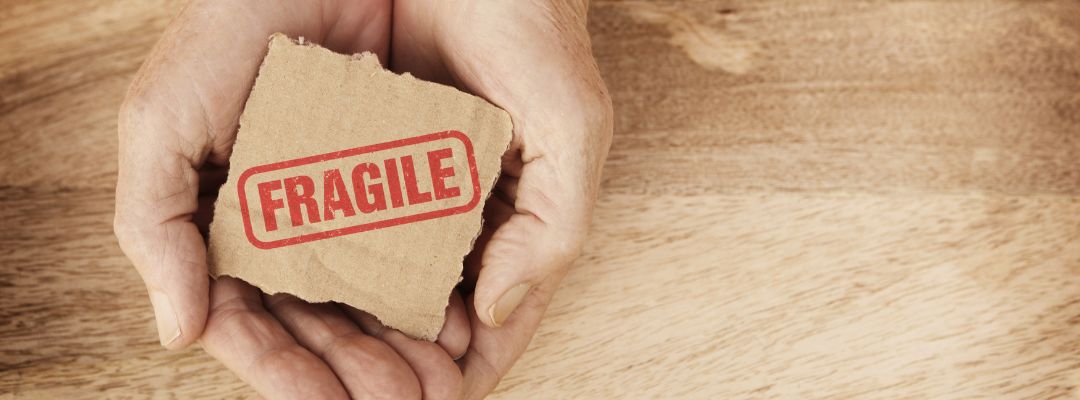
At some point of time, we all need to move from one location to another either for business purposes or some personal preferences. And the damage-free move of personal belongings is the top concern of individuals. The stress factor gets enhanced when there is a need to move antique and fragile goods. These items hold a strong presence and carry some sentimental and historical feelings as well. So it becomes an utmost necessity to move such belongings with ease. White glove moving service is quite helpful in such cases so that antiques and fragile items remain safe and damage free after relocation.
In this blog, we would like to explain some of the considerations that will help you in moving your belongings safely locally or interstate.
What Items Are Considered Antiques?
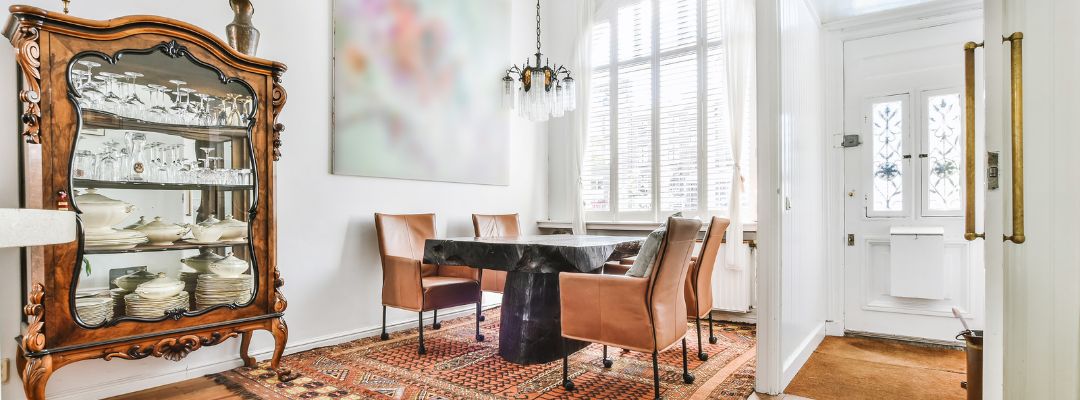
Before going deep into the packing and moving tips for antiques and fragile things it is important to note what things actually come under this category. However, you will not have an exact definition of antique because its answer varies from person to person. Some count objects that are 100 years old, some may consider 50 years old objects as antiques. So there is no definitive range or answer for this. From a general perspective, we would like to list some of the objects that fall under the fragile and antique categories.
- Furniture: Pieces of furniture such as tables, chairs, cabinets, and desks that were made at least a century ago and are still in good condition. They need the right attention at the time of relocation.
- Artwork: Paintings, sculptures, and other works of art that are old and rare, and that have historical or cultural significance. They hold strong connections with individuals and any damage results in an emotional loss.
- Jewelry: Antique jewelry includes items such as rings, necklaces, brooches, and earrings that are at least 100 years old and are crafted with high-quality materials. They should be packed rightly and securely so that nothing goes wrong with them.
- Coins and Stamps: Coins and stamps that are no longer in circulation and are considered rare or valuable due to their age, rarity, or historical significance. Some individuals collect them passionately and do not want to lose them at any cost.
- Books: Rare books, manuscripts, and documents that are at least a century old and are in good condition. They should be packed with the right technique to get them in the right position at the new destination.
- Silverware: Antique silverware such as cutlery, tea sets, and candlesticks that are made of high-quality silver and are at least a century old. They are precious and need to be moved safely.
- Clocks and Watches: Antique clocks and watches that are no longer in production and are considered rare or valuable due to their age, craftsmanship, or historical significance. You will need the right packing material for packing such objects.
What Packing Supplies Will Be Needed For Fragile Items?
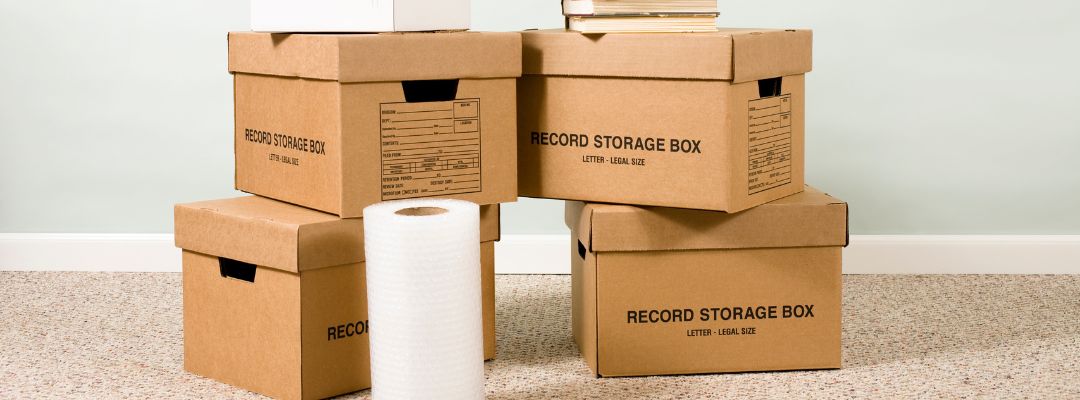
It is very important that you should choose the right packing material for relocating fragile items. Quality packing materials will provide the right buffering around such objects that will help to protect them from breakage and damage to objects. Bubble wrap and newspaper work well when we talk about wrapping supplies. It is very important that you should properly secure the newspaper or bubble wrap with the help of tape so that the coverage remains in place.
Check out commonly preferred packing supplies that will help you in moving with comfort.
- Bubble Wrap: This is a must-have when packing fragile items. Bubble wrap helps cushion items and prevent them from getting scratched or broken during transit.
- Packing Paper: You can use packing paper to wrap fragile items individually before packing them into boxes. This provides an extra layer of protection.
- Foam Sheets or Peanuts: These can be used to fill in any gaps in the box and provide additional cushioning.
- Packing Tape: Use strong packing tape to seal the boxes and ensure that they don’t come apart during transit.
- Corrugated Cardboard: Use corrugated cardboard to create custom-sized boxes that fit your fragile items perfectly. This helps prevent them from shifting during transit.
- Dish Pack Boxes: These are specifically designed for packing fragile items such as dishes and glassware. They have extra layers of protection and dividers to keep items separated.
- Marking Pens and Labels: Clearly label your boxes with the contents and the word “fragile” to help ensure that they are handled with care during transport.
Tips For Packing Antiques and Fragiles
Packing antiques and fragile items requires extra care and attention to ensure that they are properly protected during transit. Using the right method of packing and the right packing supplies helps in achieving the damage-free relocation of fragile goods. Here are some steps you can follow to pack antiques and fragile items the right way:
- Choose The Right Packing Materials: First and foremost you will need quality packing materials that will protect your valuable goods from scratch and other damages. You will need bubble wrap, packing paper, foam sheets or peanuts, corrugated cardboard, packing tape, and labels. These all will be required in the packing phase of objects.
- Wrap Each Item Individually: Wrap each antique or fragile item with bubble wrap or packing paper, making sure to cover every surface. You can secure the wrapping with packing tape. It will not be a wise decision if you will try to save space by wrapping some of the objects collectively. Also, you can try adding a few layers of covering on items that are not in good condition.
- Fill The Box With Packing Materials: Line the bottom of the box with foam sheets or peanuts to provide a cushioning layer. Then, place the wrapped item in the center of the box and surround it with more foam sheets or peanuts. Fill the empty spaces with additional packing materials to prevent shifting during transit. This process will prevent jiggling when a moving truck travels on a bumpy road.
- Seal The Box: Once the box is filled with the antique or fragile item and packing materials, seal it with packing tape. Make sure to reinforce the seams and corners. This will ensure that your goods will remain safe and secure while in transit.
- Label The Box: Clearly label the box with the contents, the word “fragile,” and any special handling instructions. This will ensure that the box is handled with extra care during transit.
- Choose The Right Size Box: Make sure to choose a box that is the right size for the antique or fragile item. A box that is too big will allow the item to shift during transit, while a box that is too small may not provide enough cushioning.
- Consider Professional Packing Services: If you are not comfortable packing antiques or fragile items yourself, consider hiring professional packing services. They have experience and expertise in packing fragile items and can ensure that your antiques arrive at their destination safely.
Right Way To Move Antique And Fragile Objects While Moving
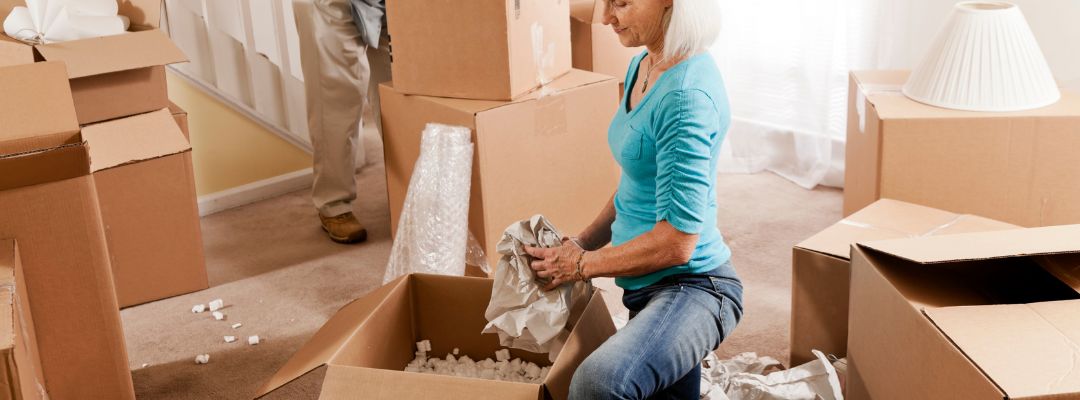
Mirrors
Antique and delicate mirrors must be packed carefully to prevent damage during transportation. Gathering the required packing materials, such as bubble wrap, packing paper, cardboard boxes, packaging tape and labels, is the first stage. Make sure the mirrors are spotless before packing to ensure their continued perfect state.
Starting from one corner, individually wrap each mirror in bubble wrap, covering the whole surface. Use packing tape to hold the bubble wrap in place. Next, add a layer of packing paper over the mirror that has been wrapped, and tape it firmly in place.
Pick a strong cardboard box that is just a bit bigger than the mirrors for packing the mirrors. To add padding, stuff the bottom of the box with packing peanuts or crumpled packing paper. The mirror should then be placed inside the box with care, and any open spaces should be filled with extra packing peanuts or crumpled packing paper to prevent the mirror from moving while being transported. Finally, seal the box with packing tape and label it as fragile.
Glassware, Pottery, and Porcelain
Glassware, pottery, and porcelain must be packed carefully before being moved to guarantee that they reach their destination undamaged. Gathering the required packing materials, such as bubble wrap, packing paper, cardboard boxes, packaging tape and labels, is the first stage. Start by carefully covering each item in multiple layers of bubble wrap before packing it. Start at the top of the object and wrap it in a downward spiral, making sure to cover all edges. Use packing tape to hold the bubble wrap in place. After that, package the item in a layer of packing paper and tape it firmly.
Choose a sturdy cardboard box that is just slightly larger than the item to store the items in. Fill the box’s bottom with packing peanuts or crumpled packing paper to add cushioning. After that, carefully place the wrapped item into the box, filling any gaps with additional packing peanuts or crumpled packing paper to keep it from moving around while being shipped.
Furniture
When it comes to packing antique furniture for a move, it’s important to take extra care to protect these valuable and often irreplaceable items. Before packing antique furniture, make sure it’s clean and free of any dust or debris. Use a soft cloth or brush to gently clean the surface of the furniture, and allow it to dry completely before packing. If possible, disassemble your antique furniture into smaller pieces to make it easier to move and pack. Remove any detachable parts, such as legs or hardware, and store them separately.
Use high-quality packing materials to protect your antique furniture during the move. Bubble wrap, packing peanuts, and foam sheets are all good options for wrapping and packing delicate items. Wrap each piece of furniture carefully, paying special attention to any vulnerable areas or details. It’s best to hire furniture removalists to get stress-free relocation.
Some More Considerations for Moving Antique and Fragile
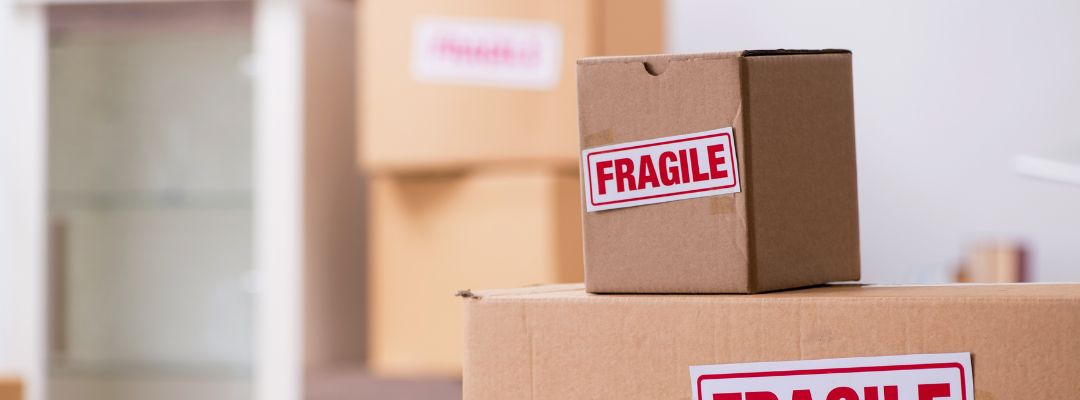
When you are moving artwork or any other fragile objects which have sharp edges, you should ensure that their corners are well protected and covered so that they do not damage other objects too. A variety of corner protectors such as Styrofoam, cardboard, and plastic protectors are available in the market so if you are planning a DIY move then collect these supplies before the move date.
Disassemble Furniture
if your antique furniture can be disassembled then you should do that so that transportation can be done easily. Also, some of the antique furniture will be so large in size that they can not move through doors. If your furniture is not in the right condition and disassembling is not feasible then you should take the proper measurement of the old and new space.
Take Photos
When you need to move your antique pieces, it will be a good step if you consider taking photos of your treasured items. Keep movable items in light and click some pictures from different angles. These things will be beneficial for inventory and also if any mishap occurs then it helps in claiming insurance.
Take Insurance
Accidents do happen at the time of moving so it’s better to take insurance for your belongings. For this, you can discuss it with your moving service provider and if they are not providing you can go for third-party insurance. By this, you will have your objects insured and you will remain stress-free.
Move Small Items Yourself
However professional movers will carry your belongings but if possible you can transport your small and valuable goods with you. Eliminate any concerns and free up space in the truck by transporting your valuable possessions in the car. By this, you can rest assured that your most precious belongings are in the safest possible hands.
Hire Professionals For Packing And Moving Antiques
When you have to move antique and fragile items then it will be better that you should not put your valuable goods at risk. Hiring a moving company will be the best option. Harry The Mover will safely relocate your goods locally or interstate with years of experience and expertise. Whether you need to move antique artwork or any vintage piece of furniture, our professionals will offer you the best service. Our moving professionals understand the value of belonging and provide the utmost care to them while relocating so that nothing goes wrong with them. To know more about our services you can give us a call at 1800 318 026.



